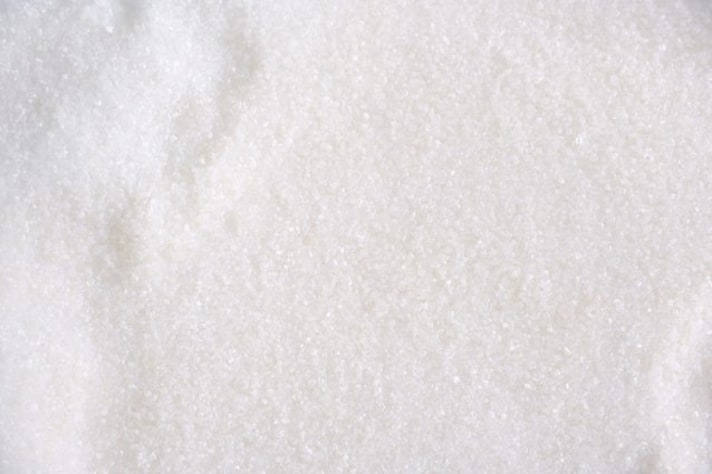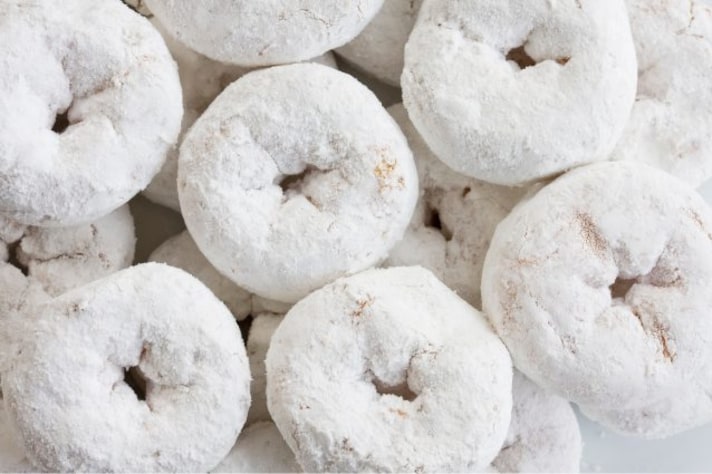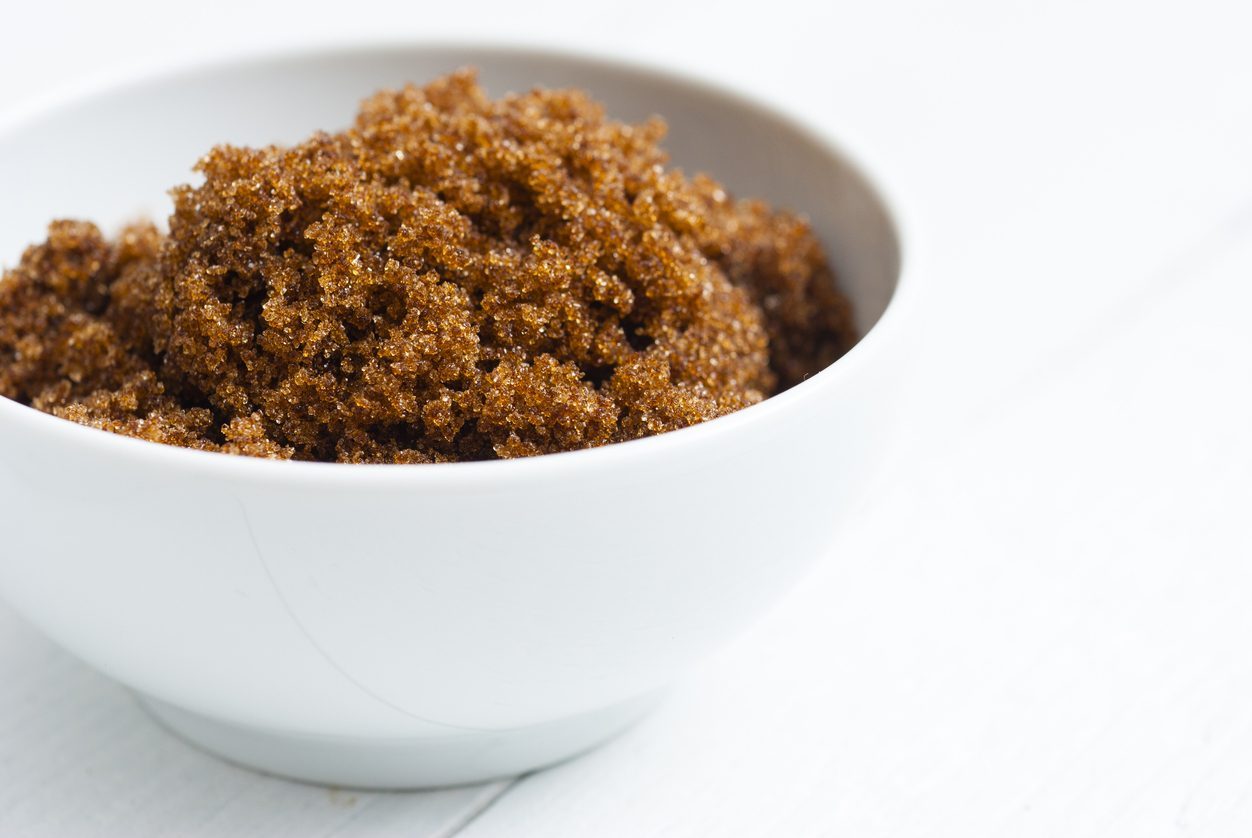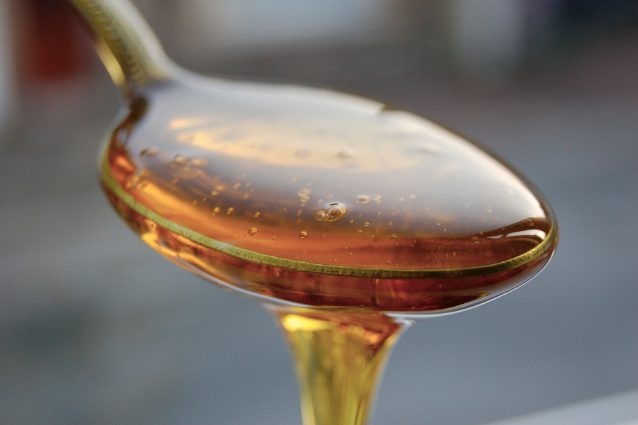What is Caster Sugar, How is It Used and How Can You Substitute It?
Caster sugar, known as superfine sugar in the US, has finer granules than granulated sugar but is not as fine as powdered sugar. It's ideal for recipes requiring quick dissolving, like meringues and cakes. Read ahead to find out everything you need to know about it!

When you're baking, sugar is a staple ingredient that brings sweetness and structure to your creations. But with so many types of sugar out there, it can be confusing, especially when cookbooks—particularly from countries like the UK—throw in names that sound like they were made up overnight. One such sugar is caster sugar. What is it, exactly? Is there a US equivalent to use as a substitute? What's its purpose in recipes? And if you're in a pinch, can you make it yourself at home? Let's delve into the world of caster sugar and unravel its mysteries.
What Is Caster Sugar?
Caster sugar, also known as superfine sugar in the United States, is a type of sugar that has a finer grain than granulated sugar but isn't as fine as powdered sugar. The term "caster" comes from the traditional sugar shakers, called casters, used to sprinkle the sugar. Its fine texture allows it to dissolve more quickly than granulated sugar, making it a popular choice in baking, especially for delicate desserts like meringues, soufflés, and cakes. The quick dissolution of caster sugar ensures a smooth texture in these confections, free from the graininess that coarser sugars might impart.

Caster Sugar vs. Granulated Sugar vs. Powdered Sugar
While all sugars add sweetness, their textures and uses can vary significantly. Granulated sugar is the most common type, with relatively large crystals that are ideal for sweetening coffee, baking cookies, and more. Caster sugar's finer granules make it perfect for recipes where a quick dissolve is essential. Powdered sugar, also known as confectioners' sugar or icing sugar, is the finest of the three, often mixed with a bit of cornstarch to prevent clumping. It's used primarily for frostings, glazes, and dusting desserts. Unlike granulated and caster sugar, powdered sugar isn't typically used for baking cakes or cookies, as its fine texture can affect the structure and density of baked goods. So, while they may seem similar, these sugars are not interchangeable without some adjustments.
How to Substitute Caster Sugar
If a recipe calls for caster sugar and you don't have it on hand, you might wonder if you can simply swap it with granulated or powdered sugar. While granulated sugar can be used as a substitute, it's not a perfect one-to-one replacement. Granulated sugar crystals are larger and may not dissolve as quickly, potentially resulting in a slightly grainy texture in delicate desserts. On the other hand, powdered sugar is not a suitable substitute for caster sugar in most baking recipes because its fine texture and cornstarch content can alter the final product's texture and flavor. If you must substitute, the best approach is to use granulated sugar but be mindful of its potential impact on the texture of your dish.

Can You Make Caster Sugar Yourself?
If you find yourself in need of caster sugar and don't have any on hand, don't worry—you can make it yourself with a simple kitchen hack. All you need is granulated sugar and a blender or food processor. Place the granulated sugar in the blender and pulse it a few times until it reaches a finer, sand-like consistency. Be careful not to over-process it, or you'll end up with powdered sugar. This homemade caster sugar can be used in any recipe calling for it, providing the same quick-dissolving benefits. It's a handy trick that ensures you never have to skip a recipe just because you lack the right type of sugar.
;Resize,width=767;)
;Resize,width=712;)
;Resize,width=712;)

